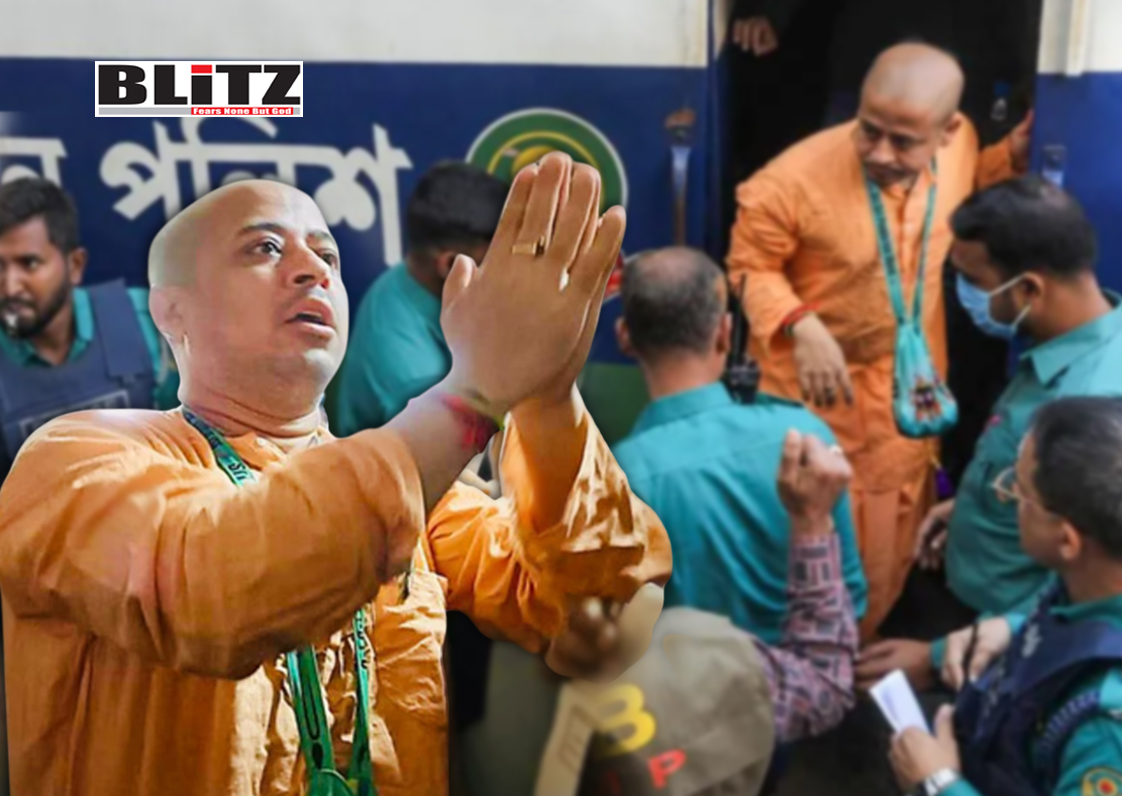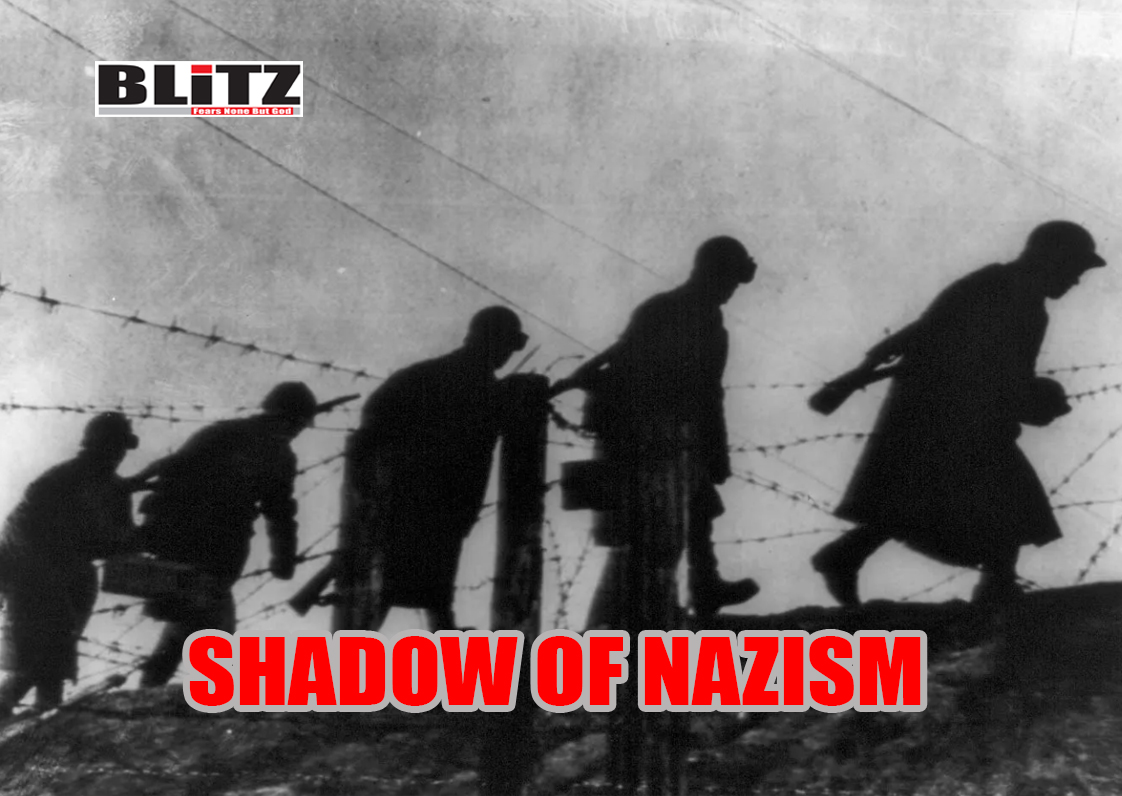Hul Day: After the zamindar-mahajan, the atrocities of the British increased, then the Santals raised the slogan of Hul from Bhognadih
- Update Time : Friday, June 30, 2023

Dumka, Anand Jaiswal: In 1854-55, the Rabi crop was very good in Birbhum, Bhagalpur and surrounding areas. The Santals had worked hard to do farming in this area. After making the land cultivable by cutting the jungles and trees, he had grown food grains on a large scale. At that time the East India Company was also laying railway tracks. Along with clearing the jungle, this work of laying railway tracks was also going on in full swing then. The British officials had reported to the British government at that time that farming has been good and prosperity has also come from the ongoing railway work here. The British did not like the Santals becoming the owners of the fields, bringing prosperity in their lives through farming. In such a situation, a conspiracy was hatched to evict him. In such a situation, the British government increased the severity in tax collection. Till now there was pressure on the Santals to make the land cultivable, but gradually the grains produced by their hard work and blood and sweat started getting evil eyes of the landlords at the behest of the British.
Planting the seeds of Santals proved to be true
When the Santals realized that the English government was taking a part of their hard-earned produce in the form of land revenue, then the protest started. Due to this pressure of the landlords and the attitude of the British government, the distance between them increased. Meanwhile, the exploitation of the moneylenders and landlords, interference on the land started increasing, then the moneylenders and landlords started being targeted. When the British rulers supported the landlords, the anger of the Santals started increasing against them as well. The British government did not want to listen to the Santals. People met the superintendent. Objected to the increase in revenue, but no hearing was held. After this, Santal also reached the British Commissioner to protest against the injustice being done to him, he also did not take the matter seriously. In such a situation, the Santals then warned the British commissioner that if this period of injustice continues with them and the British officials do not take the initiative to provide relief, then they will solve it at their own level. This determination of the Santals that day proved to be the sowing of Santal Hull. Till that time, the influence of the Santals was spread from today’s Kahalgaon to Rajmahal, till Raniganj in the south.
Kolkata march led by Sido Murmu
On June 30, 1855, it was decided to mobilize the people. The leaf of the year was then rotated in the villages. When the crowd gathered in Bhognadih, this number was of about 10 thousand people. Against the oppression and exploitation from all sides, the smoldering spark of agitation within the Santals erupted in a fierce form. According to the decision, the Santals decided not to pay land revenue to the British and landlords. Vow to disobey government orders. People under the leadership of Sido Murmu decided to march to Kolkata. The grain-logistics that the Santals had arranged to cover such a long distance, ended on the second-third day itself. Sido wanted people to demand and arrange for food and drink, but the crowd was agitated. The crowd lost discipline. When the violent crowd was moving forward, the British also tried to stop it. They got the villages and settlements set on fire. Despite this, there was no turning back. Fired bullets. Ammunition was fired at the Santals who were marching towards Kolkata with bow and arrows and sticks. However, the British were not able to stand in front of the Santals.
Mission 2024: Political parties in election mode in Jharkhand, JMM will start elections from Hull Day
three-leaved sal branch became the messenger
Before attacking Birbhum, on September 12, 1855, the rebels from Raksadangal sent a message to a postman from Deoghar by giving a three-leaved sal branch to him that they were reaching him in three days, be ready to face. Each leaf of this three-leaved sal branch symbolized one day before the arrival of the rebels. Within six months, this rebellion of Santal Hul took the form of a rebellion and spread to the entire Santal Pargana, Hazaribagh, Dhuliyan in Bengal, Murshidabad and Bankura and Bhagalpur in Bihar. Till September 21, 1855, insurgent activities were quite intense from Virbhum to Taldanga located on the south-west GT Road and from Sainthia to the west and Rajmahal in the Ganges Valley area to the south-east and the north-east and south-east of Bhagalpur district. After this, the rebels destroyed the entire Virbhum. Not only Narayanpur, Nalhati, Rampurhat, Sainthia, Siuri, the headquarters of Birbhum district, and Nagaur and Hazaribagh located to the west, up to Siyarampur in Kharadiha and looting all the police posts and the area by the end of November 1855, the rebels brought the East India Company into trouble. The main road leading from Bihar to Bengal was captured by the rebels and the problems of the British increased due to the stopping of postmen and looting of their mail bags, in such a way the British army also wreaked havoc.
declaration of rebels
Historian WW Hunter has also written that even before the end of July, our army had been defeated in many places. Many centers and indigo houses of the British were looted and burnt. Due to the fear of Santal rebels, not only the postman and the watchman, even the constables and jamadars of the police stations left their jobs and ran away. The rebels have announced everywhere that the rule of the East India Company has ended and the Santal state has been established.
After the demarcation of Damin-e-Koh, Santal settlements increased
After the demarcation of Damin-i-Koh in this area, the settlements of the Santals continued to grow. According to the expectations of the British government, he was taking so much interest in farming that the scope of farming was also increasing. At that time, the British government also wanted that the scope of agriculture should increase. He gets maximum revenue. How much interest the Santals had shown in agriculture then, it can be gauged from the fact that in 1837-38, the number of Santal villages where there were just 40, increased to 1473 in 1850-51. At the same time, the population which was only 3000 had increased to 82000. That is, farming expanded in the area and the East India Company kept increasing revenue. This was the reason that in 1837 the British government could collect only Rs 6682 as tax from the area of Damin-i-Koh, it remained dissatisfied even after collecting Rs 58035 in 1854-55. The Santals were beginning to understand that an attempt was being made to snatch the land on which they were cultivating. He could see two reasons for this, first, the government had started adopting every trick to collect heavy taxes, secondly, the landlords, moneylenders were giving them loans very easily at high rates and if the loan was not repaid, they would take possession of the land itself. were staying
VIDEO: How much do the people of Jharkhand know Sido-Kanhu, the heroes of the Hul Revolution?
… Then the British did not have 1200 soldiers within the radius of 80 miles
In July 1855, when the attitude of rebellion started appearing and this area was completely burning due to the rebellion, the East India Company had 1200 troops within a radius of 80 miles to suppress Hull and control 10,000 rebels here. There were not even soldiers. It was the month of Sawan then. The gunpowder of the British had got wet. Despite having only arrows and bows, the rebels did not even have the fear of gun-shots. In such a situation, the company had to call the army from different places to suppress the rebellion and every measure had to be taken to crush the rebellion. Troops were sent from Birbhum, Bankura, Singhbhum, Munger and Purnia. Special force was also called from Danapur. When this information came, Sido also made a plan to fight the battle in a planned manner. In such a situation, the British had to impose martial law. 25 thousand soldiers were kept in the area. In such a situation, the Santals could not wage a long struggle.
The entire water of Santalkata had turned red.
A pond located on the border of Birbhum district in Ranishwar block of present Dumka district is still an example of the oppressive policy of the British in Santal Hul, which is known as Santalkata. Bloody bodies of many Santals had fallen in this Santalkata and the entire water of the pond had turned red with blood. This was the reason that the pond was named Santalkata. More than 15 thousand Santals lost their lives in this Santal rebellion, but did not accept to bow down. Eventually the East India Company itself had to change its policy. Act had to be made. Santal Pargana had to be formed as a non regulation district. Police powers were given to Manjhi-Parganait.


















Leave a Reply